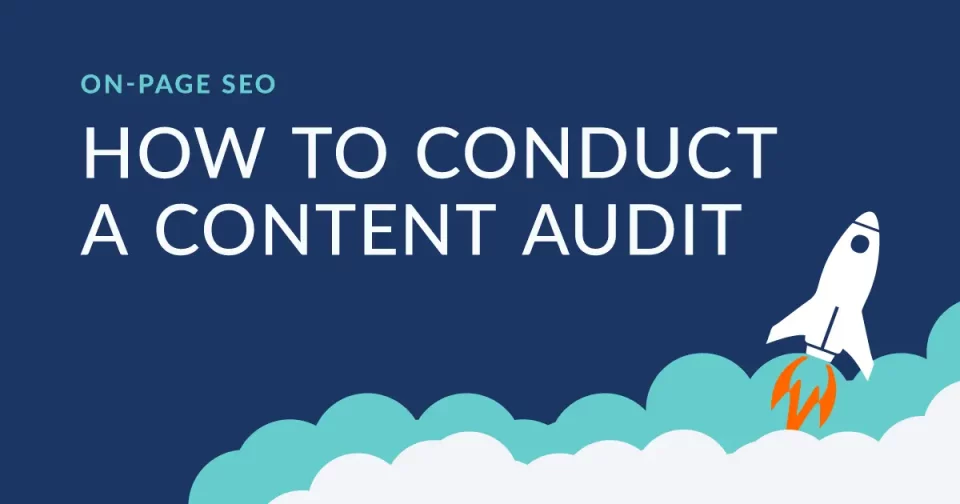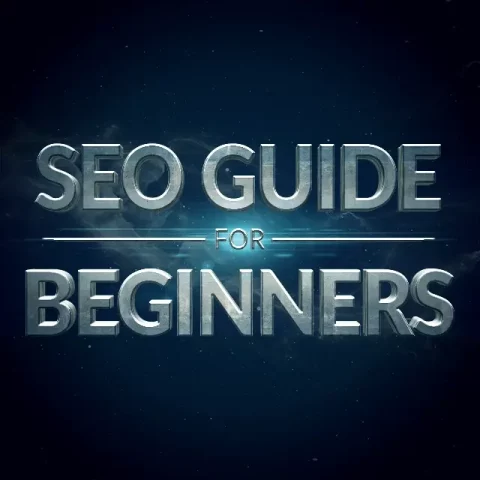
Is your content maximizing its potential and delivering the results you were hoping for? Content plays a crucial role in attracting and engaging online audiences. However, without proper maintenance and optimization, even the most exceptional content can become outdated or underperform. This is where conducting a content audit comes into play. A content audit is a systematic process of evaluating and analyzing existing content assets to ensure their relevance and quality. When done effectively, insights you gain from continually refining content can help steer your brand success while improving the overall health of your online presence.
In this article, we will guide you through the steps of conducting a content audit and help you maximize the value of your content library.
Introduction
Before delving into the details, let’s start with a clear understanding of what a content audit entails. A content audit involves reviewing and assessing all your existing content assets, such as blog posts, articles, videos, infographics, and more. It helps you gain insights into the performance, relevance, and overall quality of your content.
Why is conducting a content audit important? Simply put, it allows you to identify areas of improvement, optimize your content for search engines and user experience, and align your content strategy with your business goals. By conducting regular content audits, you can ensure that your content remains fresh, valuable, and aligned with the needs and preferences of your target audience.
Setting Goals and Objectives
Before diving into the content audit process, it is essential to define your goals and objectives. What do you hope to achieve through the content audit? Are you looking to improve search engine rankings, increase organic traffic, enhance user engagement, or all of the above?
Setting clear goals and objectives will guide your audit and help you focus on the areas that require attention.
Inventory Your Content
The first step in conducting a content audit is to gather and organize all your existing content assets. This includes blog posts, landing pages, product descriptions, social media content, and any other pieces of content you have published. Create a comprehensive inventory that categorizes your content based on topics, formats, or any other relevant criteria. This inventory will serve as a foundation for the subsequent stages of the content audit.
We use a Google Sheet to keep track of it all, featuring the following column titles:
- Title
- URL
- Last update
- Author
- Word count
- Content cluster (category)
- Funnel stage (Reach/Consideration, Acquisition/Awareness, Conversion/Decision)
- Content format
- Keywords/Keyphrases
- Rank Math score (we ❤️ Rank Math!!)
- Meta title
- Meta description
- H1 header
- Link to next piece of content in funnel
- Call to action
- Performance metrics
- Conversion rate
Content Audit Checklist
Let’s begin with an overview by using a checklist of items for consideration.
- Take Inventory. Make a list of all your content assets, from blog posts to videos.
- Evaluate Relevance. Assess whether each piece aligns with your current goals and target audience.
- Check Accuracy. Ensure the information in your content is up to date and accurate.
- Review Performance. Look at metrics like page views, engagement, and conversions to identify high-performing content.
- Analyze SEO Elements. Optimize titles, meta tags, and keywords to boost visibility in search engines.
- Enhance User Experience. Improve readability, formatting, and navigation to create a seamless user journey.
- Identify Content Gaps. Determine topics or formats that are missing from your content library.
- Update and Repurpose. Refresh outdated content and repurpose it into new formats for added value.
- Eliminate Duplicates. Remove any duplicate or redundant content to streamline your website.
- Optimize Visuals. Check images, videos, and infographics for quality, relevance, and accessibility.
- Improve Internal Linking. Ensure your content is well-connected with relevant internal links for better navigation.
- Mobile-Friendly Optimization. Confirm that your content displays and functions effectively on mobile devices.
- Review Call-to-Actions. Evaluate the effectiveness of your CTAs and consider optimizing them for better results.
- Accessibility Check. Make sure your content meets accessibility standards for a broader audience.
- Track Progress. Document the changes made and track the impact of the content audit over time.
Deeper Dive on Checklist Items
Now let’s elaborate on some of the list points that would benefit from further explanation.
Assessing Content Quality
Once you have compiled your content inventory, it’s time to assess the quality of each piece. Start by evaluating the relevance and accuracy of the content. Does it still align with your brand’s messaging and values? Is the information up to date and accurate? Identify any outdated or irrelevant content that may need to be updated or removed.
Additionally, consider the engagement and performance metrics of each piece of content. Analyze metrics such as page views, time on page, social shares, and comments to determine which content resonates most with your audience. This analysis will help you identify high-performing content that can be leveraged further.
Analyzing Content Performance
In addition to individual content performance, it is crucial to analyze overall content performance trends. Look for patterns in engagement metrics and identify any gaps or areas of improvement. For example, you may notice that certain topics consistently perform well, while others fall short. This analysis will provide valuable insights into the preferences and interests of your audience.
Identifying Content Gaps
Based on the findings from the content performance analysis, you can identify content gaps in your existing library. These gaps represent areas where you may be missing out on valuable opportunities to address your audience’s needs or cover important topics. Use keyword research, competitor analysis, and audience feedback to identify the topics and formats for new content creation.
Content Optimization and Improvement
Now that you have a clear understanding of your content’s performance and gaps, it’s time to optimize and improve your existing content. Update outdated information, improve readability and clarity, and ensure that each piece is optimized for search engines. Pay attention to elements like meta tags, headers, internal linking, and keyword usage. By enhancing the SEO elements and user experience of your content, you can improve its visibility and engagement.
Content Consolidation or Removal
As part of the content audit, you may come across content that no longer serves a purpose or aligns with your current content strategy. In such cases, you have two options: consolidate or remove the content. Consolidation involves merging multiple pieces of related content into a comprehensive resource, while removal requires archiving or deleting content that is no longer relevant. Proper redirection should be implemented for any removed content to avoid broken links and maintain a positive user experience.
Creating an Action Plan
To ensure that the content audit process is effective and efficient, it’s crucial to create an action plan based on the audit findings. Prioritize the tasks that need to be addressed, assign responsibilities to relevant team members, and set realistic deadlines. By having a well-defined action plan, you can streamline the implementation process and ensure that improvements are made systematically.
Implementing Changes
With your action plan in hand, it’s time to put your content audit findings into action. Execute the necessary updates, improvements, and content creation tasks according to the established plan. Keep track of the progress and make adjustments as needed to stay on course. Remember that the content audit process is iterative, and continuous improvement is key to maintaining a high-performing content library.
Monitoring and Continuous Improvement
Once you have implemented the changes identified during the content audit, it’s important to monitor the impact and continue refining your content strategy. Establish a process for ongoing content evaluation, track key performance metrics, and measure the success of your content improvements. By continuously monitoring and optimizing your content, you can adapt to evolving audience preferences and stay ahead of the competition.
In terms of frequency, content audits are best run every 3-6 months. This gives you time to respond and adapt to shifts in users’ behaviour and needs.
Wrapping Up
Conducting a content audit is a crucial step in maintaining a successful content marketing strategy. By evaluating and analyzing your existing content assets, you can identify areas for improvement, optimize your content for search engines and user experience, and ensure that it aligns with your business goals. Remember to set clear goals, assess content quality and performance, identify gaps, optimize existing content, and create an action plan for implementation. By following these steps, you can leverage the power of content to drive engagement, increase organic traffic, and achieve your business objectives.















